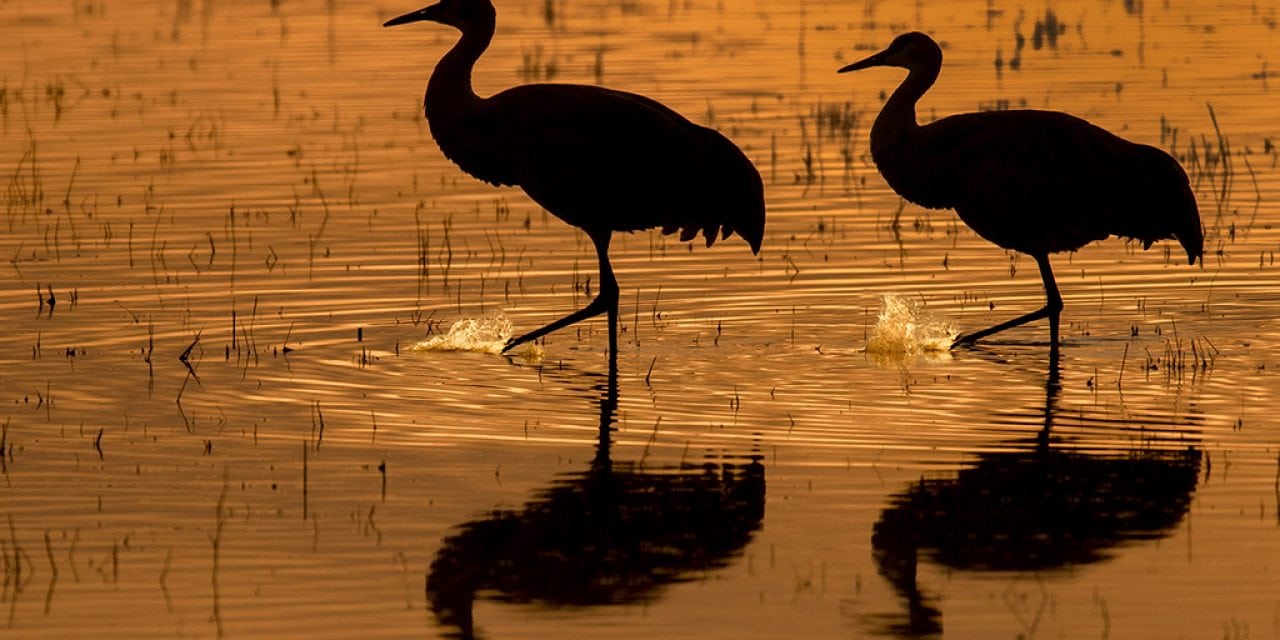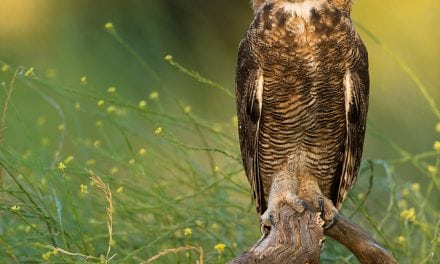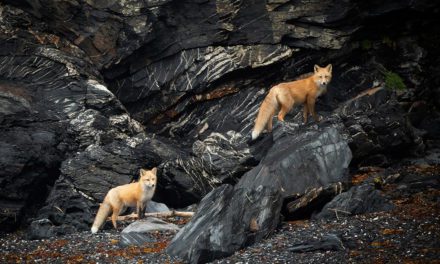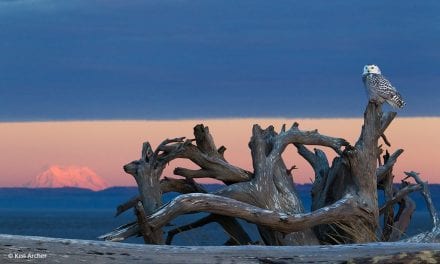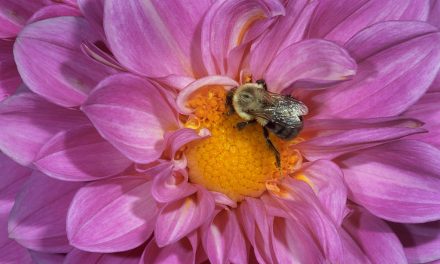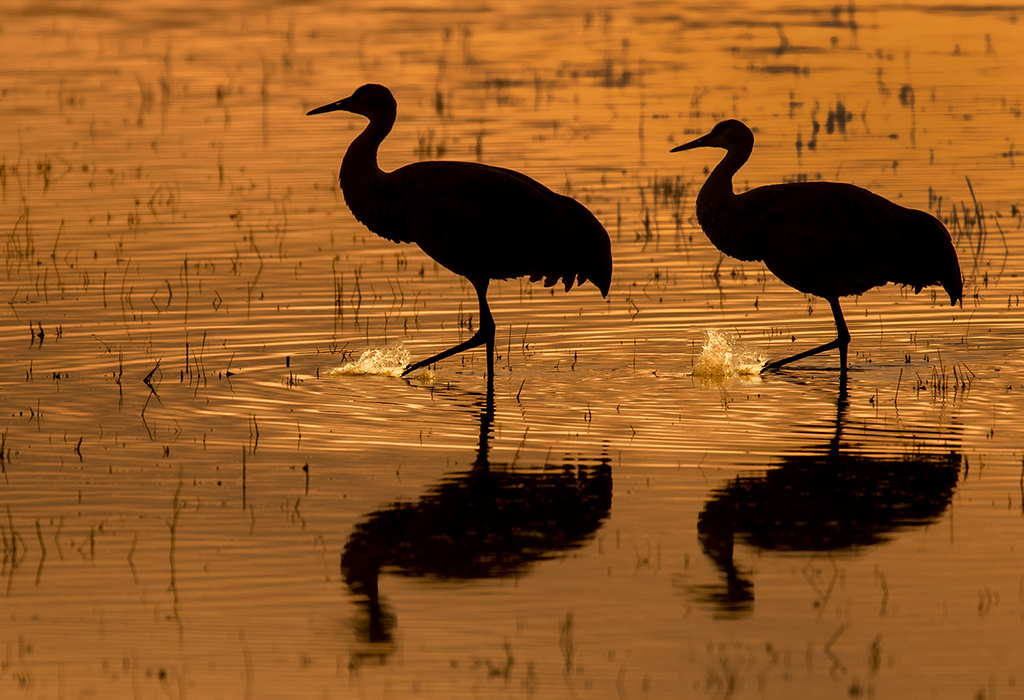
Every time you bring the camera to your eye, apply the many compositional rules that apply to art. But the word “rule” means one should abide by them. Herein lies the dilemma. What if breaking the rule makes the photo better or provides a unique twist? What if you simply feel like breaking a rule? I say, good for you. Go out and experiment. Think back to your high school science class when it was experiment day or you had lab time. Things would go up in smoke, turn different colors, make loud sounds or disappear. The immediate reaction was always a resounding WOW. Bring that feeling to your photography and create some WOWs of your own. Break the rules and experiment.
RULE: Don’t Aim A Wide Angle Upwards—It Creates Distortion. Fact—The wider the angle, the more distortion it creates if it’s not perpendicular to the subject. This being the case, take advantage of the distortion to create a unique perspective. Get close to a foreground subject to exaggerate its size, skew the camera as much as possible and exploit the falsified look. The foreground elements will lean, bend and may take on a barrel shape depending on how wide a lens is used. Incorporate framing into the composition to make a connection between the subjects. Intentionally underexpose the background and add flash to the foreground element to make it more prominent. Experiment and create a WOW.
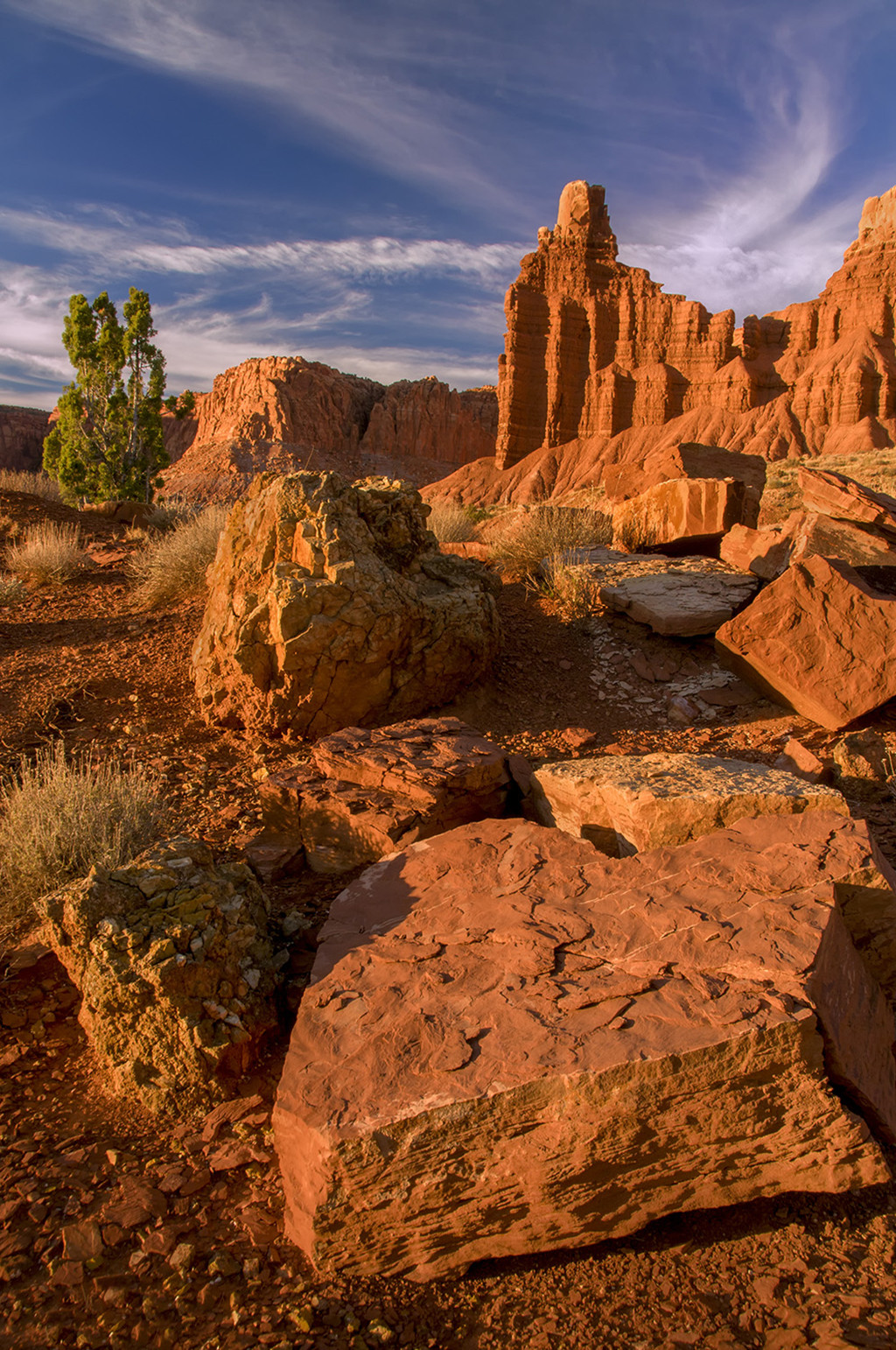
RULE: Make Pictures With The Sun To Your Side Or Back. Fact—If you shoot into the sun, the light is contrasty and shadow detail is lost. Additionally, camera meters can be easily fooled, so it’s difficult to get a proper exposure. This being the case, make photos of subjects where blocked up shadows have no bearing on the outcome of the photo, and don’t worry about tricky exposures as meters in today’s cameras are programmed to ignore bright highlights. Besides, it’s digital and the results can be compensated for on the spot. Look for great silhouettes, colorful sunrises or sunsets, patterns that reflect the light and reflections of key compositional elements. Watch the nuances of how the light changes. As it decreases in contrast, make more images. Experiment and create a WOW.
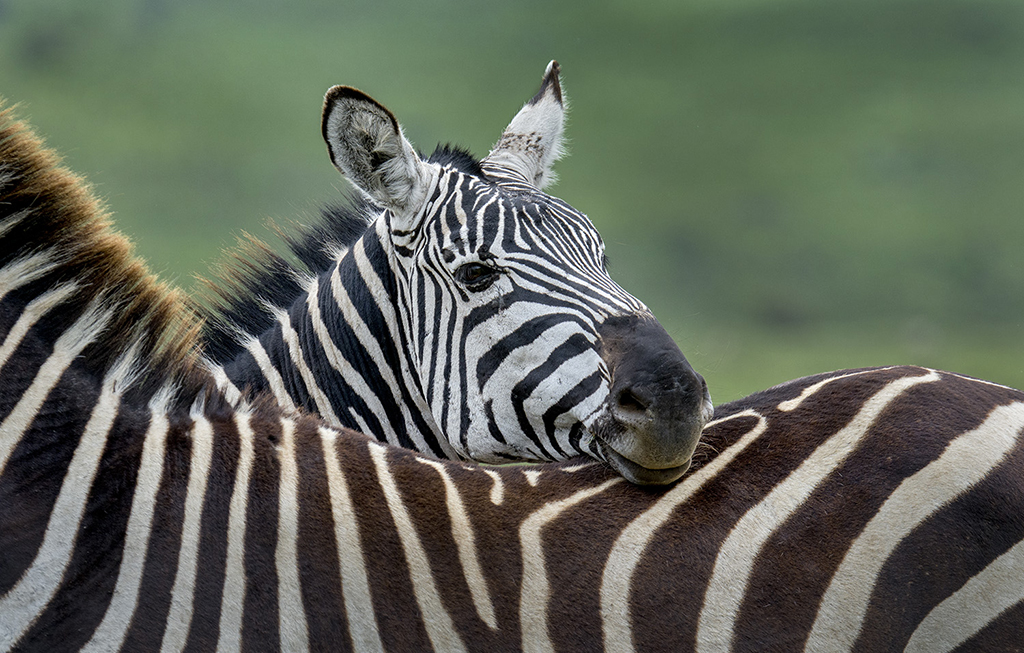
RULE: Use The Rule Of Thirds. Fact—The rule of thirds dates back to the Renaissance painters, and it certainly worked for the masters. It evolved into photography because it works. This being the case, if you adhere to it ALL the time, you’ll never know if a composition can be improved if you ignore it. What’s frequently heard is never center a subject. It becomes static and no movement is depicted. The majority of the time, this holds true. If you place the primary subject in one of the power points, a pleasing composition is the result. But I encourage you to investigate all options. I’m often heard saying, “Exhaust All Possibilities.” The next time you head into the field, deliberately center the main subject but also place it within the rule of thirds. Compare the results when you edit the pics. If you already have tons of images on your hard drive, open some and crop the photo so the subject is dead center. Did it improve any? The answer may be no, but you’re guaranteed to never find out unless you try. Experiment and create a WOW.
Visit www.russburdenphotography.com for information about his nature photography tours and safari to Tanzania.
The post Put Experimentation To The Test appeared first on Outdoor Photographer.

